bulbs in containers - dead again ;(
katob Z6ish, NE Pa
14 years ago
Featured Answer
Comments (15)
keriann_lakegeneva
14 years agogardengal48 (PNW Z8/9)
14 years agoRelated Professionals
Arlington Landscape Architects & Landscape Designers · West Milford Landscape Architects & Landscape Designers · Clark Landscape Architects & Landscape Designers · River Forest Landscape Architects & Landscape Designers · Suffern Landscape Architects & Landscape Designers · Roxbury Crossing Landscape Architects & Landscape Designers · Forest City Landscape Architects & Landscape Designers · Allentown Landscape Contractors · Bristol Landscape Contractors · El Mirage Landscape Contractors · Mastic Beach Landscape Contractors · Mercedes Landscape Contractors · North Plainfield Landscape Contractors · San Carlos Park Landscape Contractors · San Rafael Landscape Contractorsces797
14 years agosunandshadow
14 years agogardengal48 (PNW Z8/9)
14 years agokeriann_lakegeneva
14 years agogardengal48 (PNW Z8/9)
14 years agokeriann_lakegeneva
14 years agogardengal48 (PNW Z8/9)
14 years agokeriann_lakegeneva
14 years agojoannemb
14 years agoostrich
14 years agojoannemb
14 years agoontnative
14 years ago
Related Stories
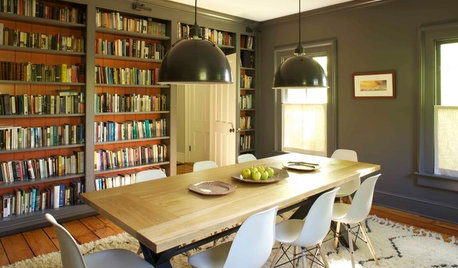
DECORATING GUIDES12 Deadly Decorating Sins
Are your room designs suffering from a few old habits? It may be time to change your ways
Full Story
HOUSEPLANTSHow to Force Amaryllis Bulbs Indoors
Enjoy vibrant red blossoms even as gardens turn snowy white, by teaching this hardy repeat performer to ignore the calendar
Full Story
FUN HOUZZHow to Survive an Epidemic of Walking Dead
Tips to use around the house and garden to prep for the zombie apocalypse
Full Story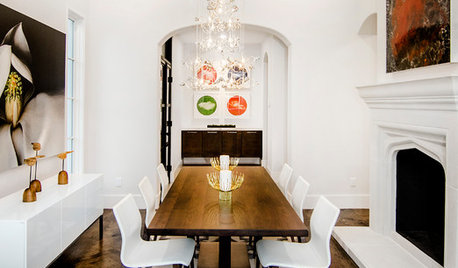
DINING ROOMSNew This Week: Proof the Formal Dining Room Isn’t Dead
Could graphic wallpaper, herringbone-patterned floors, wine cellars and fire features save formal dining rooms from extinction?
Full Story
GARDENING GUIDES6 Unsung Bulbs for Fall Planting
Don't hang up your spade after summer — plant these unusual bulbs in fall for a spectacular spring show
Full Story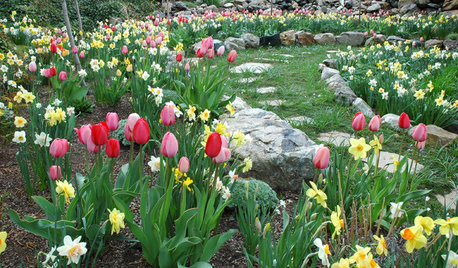
GARDENING GUIDESGardening With Kids: How to Plant Bulbs
You don't need expertise to get flowering bulbs in the ground in fall — but kids will feel like gardening pros come spring
Full Story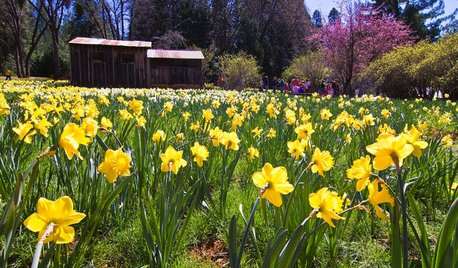
GARDENING GUIDES7 Bulbs That Flourish in Mild Climates
Fall planting: For gardens that don't see harsh winters, different guidelines for choosing and planting spring-blooming bulbs apply
Full Story
LIFELate Again? Eliminate the Things Holding You Up in the Morning
If you find yourself constantly running late for appointments, work and get-togethers, these tips could help
Full Story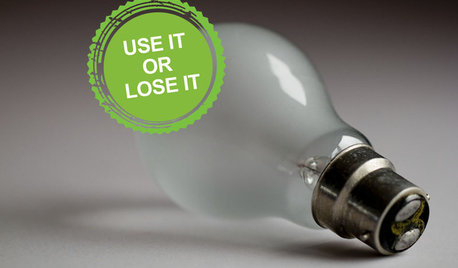
DECORATING GUIDESLose It: How to Get Rid of Old Light Bulbs
When the light goes out, you'll want to get rid of the bulb safely. Here's how
Full Story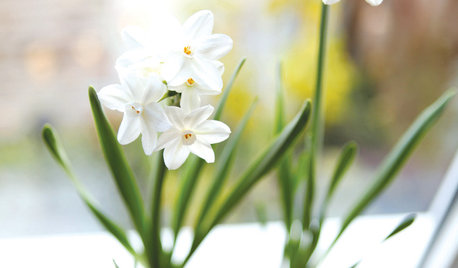
DIY PROJECTSHoliday DIY: Mason Jar Forced Bulbs and Evergreen Gift Tags
Learn how to make these winter projects from the book ‘Garden Made’ by Stephanie Rose
Full Story





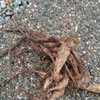
katob Z6ish, NE PaOriginal Author